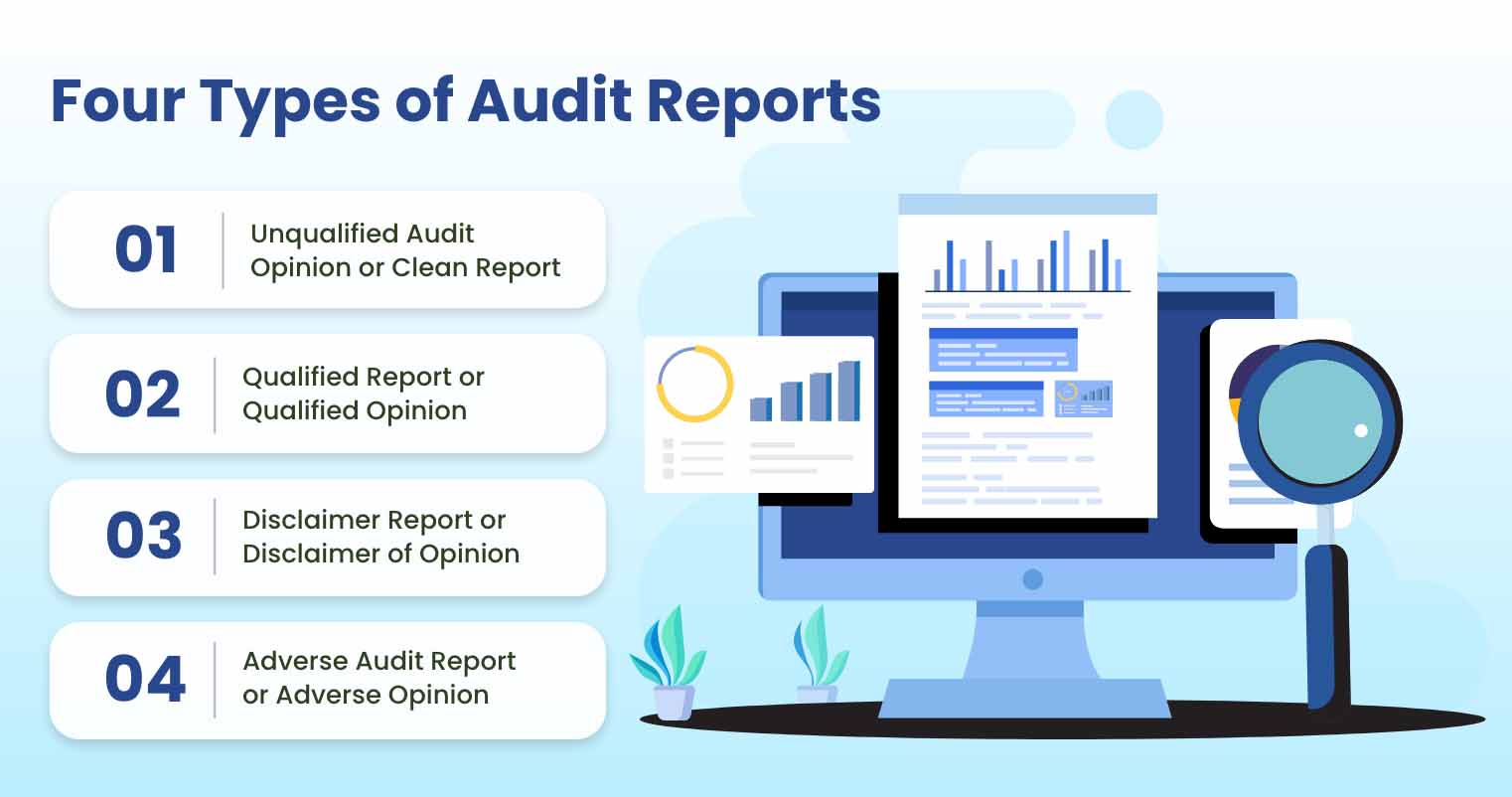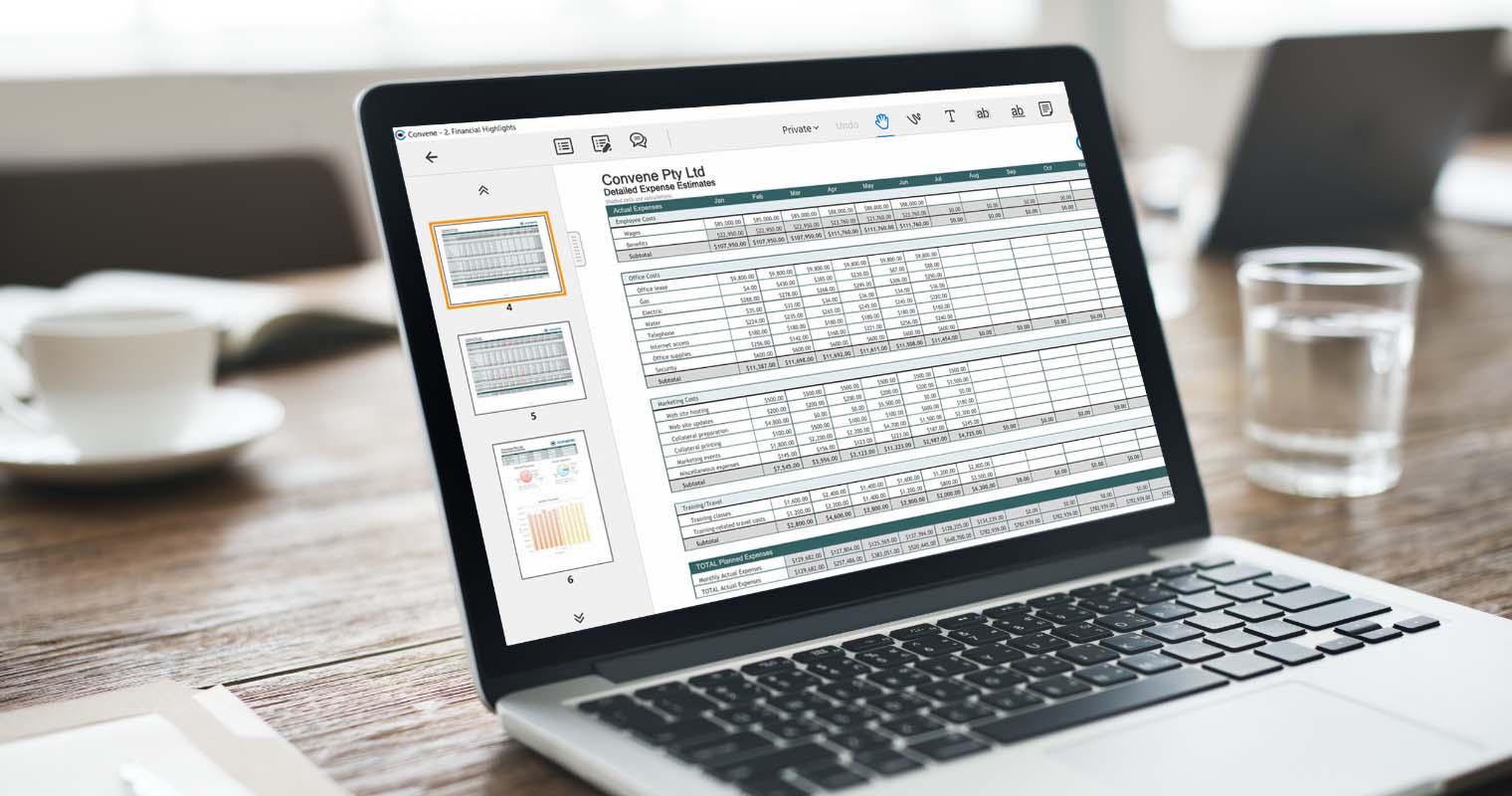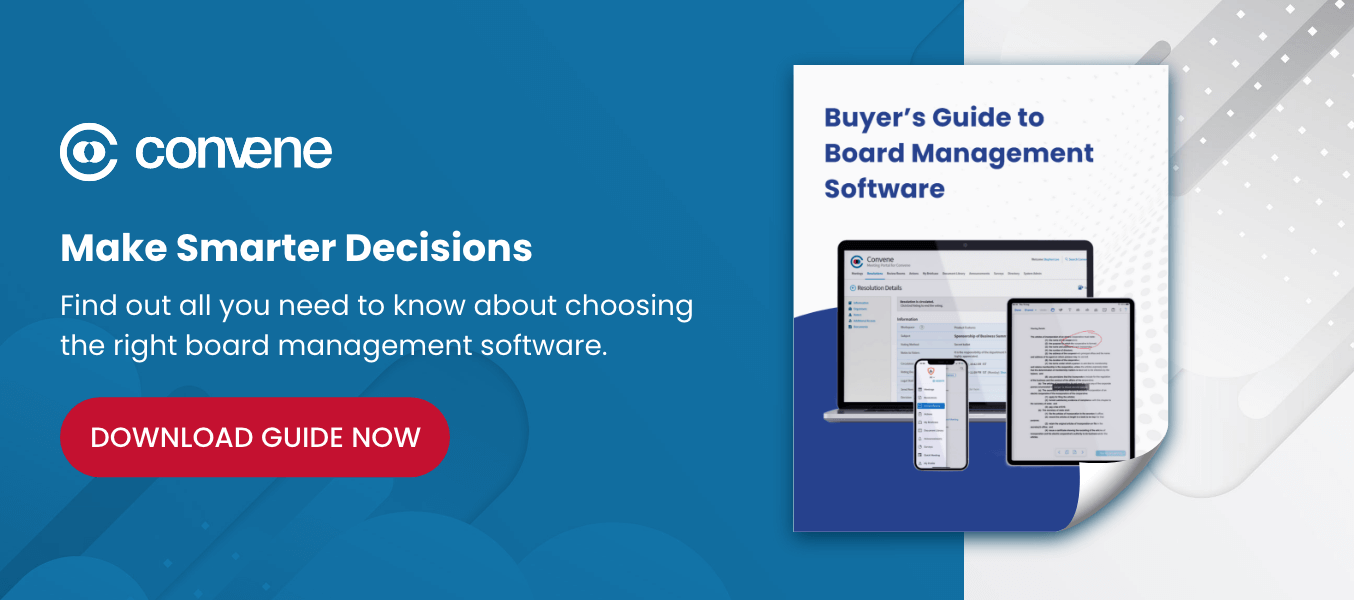In today’s modern landscape — where financial dealings can be as complex as they are crucial — audit reports have become a beacon of trust for companies and investors.
At their core, audit reports are instruments of assurance. Their purpose is rooted in providing shareholders and investors with the certainty that a company’s financial statements adhere to the principles of generally accepted accounting.
Read on to learn more about audit reporting, the audit report types, and how your company can ensure good results.
What is an audit report?

An audit report is a formal document — an auditor’s written, educated opinion — that summarizes the financial performance of the company. It summarizes various financial aspects, such as assets and liabilities, to verify whether the entity is free from material misstatement.
Auditors also use such reports to verify if the company’s fiscal practices align with the Generally Accepted Accounting Principles (GAAP). This aims to set standards for consistency and clarity in all financial transactions.
Generally, the report should be addressed to the board of directors and shareholders. It is then released to the public and investors, giving a clear overview of the business’s finances. Audit reports are prepared by an internal, or most of the time, by an independent external auditor.
What is the purpose of an audit opinion?
The audit opinion serves as the culmination of a meticulous examination by an independent auditor. Its core purpose is to offer a professional, unbiased assessment of a company’s financial statements, affirming their accuracy and conformity with recognized accounting principles. Such assessment is often utilized to influence investment decisions and promote transparency.
Furthermore, the audit opinion prompts companies to refine their accounting practices, adhere to regulatory requirements, and rectify any material misstatements. It acts as a critical safeguard, ensuring the precision and reliability of all financial information.
What are the 4 types of audit reports?

Audit reporting is considered a trusted yardstick for regulators and investors to gauge the credibility of a company’s financial statements. Understanding the four types of audit opinions is critical in financial analysis. Let’s explore them below.
1. Unqualified Audit Opinion or Clean Report
An unqualified audit opinion, also known as a clean report, indicates that the auditor found no significant issues with a company’s financial records. It confirms compliance with accounting standards (GAAP).
Example: The auditor reviews the financial statements and concludes they accurately reflect the company’s financial position, income, and cash flows in line with GAAP.
Implications: A clean report boosts investor confidence, signifying transparent and healthy financial reporting.
2. Qualified Report or Qualified Opinion
A qualified report means the auditor assessed that the financials are fairly presented but with specific exceptions. These exceptions could arise from deviations from GAAP or audit scope limitations.
Example: The auditor finds that the financial statements are generally accurate but identifies a significant GAAP violation in calculating depreciation expenses.
Implications: While most of the financial statements are reliable, specific areas need attention and correction. Companies receiving a qualified report may need to rectify the identified issues to improve their financial status.
3. Disclaimer Report or Disclaimer of Opinion
A disclaimer report is issued when the auditor can’t form an opinion due to reasons like lack of independence, scope limitations, or doubts about the company’s ability to continue as a going concern.
Example: If the auditor cannot access financial records due to legal disputes between the company and a third party, a disclaimer report would be issued. This is due to the auditor being unable to form a conclusive opinion.
Implications: A disclaimer of opinion casts doubts on the reliability of the financial information. It may harm the company’s reputation and hinder its access to capital.
4. Adverse Audit Report or Adverse Opinion
An adverse opinion report is the most critical and unfavorable type. It is issued when the auditor uncovers significant irregularities or misrepresentations in the company’s financial statements, indicating a substantial departure from GAAP.
Example: If the auditor uncovers substantial irregularities, such as deliberate manipulation of revenue figures or fraudulent activities like embezzlement, in the financial records, an adverse opinion report would be issued. Such reports will highlight these specific financial discrepancies.
Implications: An adverse opinion raises red flags, leading to investor distrust, regulatory scrutiny, and potential legal actions. Urgent resolution of issues is essential.
The types of audit opinions a company receives have vital implications for its credibility, investor trust, and regulatory attention. Striving for a clean report is ideal, but other audit opinion types indicate concerns about financial accuracy and reliability, which require corrective action.
How to Write an Audit Report of a Company
Writing a good audit report of a company is imperative to prevent any miscommunication or material misstatement that could ruin its reputation. To give you an idea of how to improve your audit results, here are things boards should be familiar with.
The Role of an Auditor During an Audit
Auditors shoulder a pivotal responsibility in upholding the accuracy and transparency of financial reporting. First off, take note that there are two types of auditors organizations are likely to work with:
- Internal auditors — They are employees of the organization they audit. They focus on internal controls, risk management, and operational efficiency.
- External auditors — In contrast, these auditors, also known as independent auditors, are third-party professionals hired by the organization to provide an unbiased evaluation of the financial statements.
Here’s an overview of their roles:
- Defining audit objectives — Auditors establish the audit’s core objectives to ensure financial statements align with accounting standards like the GAAP. This helps ensure the accuracy, reliability, and fairness of the report.
- Executing audit procedures — This task involves the implementation of a series of procedures, including examining financial records, conducting interviews, and testing internal controls.
- Validating audit evidence — Auditors are also tasked to gather diverse evidence, including financial statements, invoices, contracts, and more, subjecting it to scrutiny for authenticity and relevance.
- Assessing risk — Risk assessment is a central component of an auditor’s purview. They evaluate various risks, encompassing the potential for fraud or material inaccuracies.
Basic Structure of an Audit Report
For a standardized format of the audit report of a company, here’s a sample structure to follow.
I. Title
The title should mention if it is an ‘Independent Auditor’s Report’.
II. Addressee
This section specifies the recipient or addressee of the audit report, often the company’s shareholders or board of directors.
III. The Responsibility of the Auditor and the Management of the Company
This part provides what the auditor and the company’s management are each responsible for during the audit. It’s important to note that management handles the preparation of the financial statements, while the auditor takes on the crucial role of independently examining them.
IV. The Scope of the Audit
This outlines the audit’s extent, conducted in adherence to accepted auditing standards. It assures shareholders and investors of the audit’s alignment with these standards and its coverage of the company’s financial reports. This section also confirms the absence of significant errors and mentions internal control assessments, audit procedures, and any limitations on the audit’s scope.
V. The Opinion of the Auditor
This is where the auditor provides their professional opinion on whether the financial statements are fairly presented and following applicable accounting standards. This opinion can be unqualified (clean), qualified, adverse, or a disclaimer.
VI. Basis of Opinion
The basis of opinion explains the criteria and standards against which the auditor has assessed the financial statements. It often references the GAAP or other relevant accounting standards.
VII. Signature of Auditor
The auditor must sign the report, indicating their responsibility for the audit content and conclusions.
VIII. Place of Signature
The city in which the auditor signed the report.
IX. Date of the Audit Report
The date the report is completed by the auditor.
X. Date of Signature
The date when the auditor signs the report, which may or may not be the same as the date of the audit results report itself.
Best Practices for Internal Audit Reporting
For boards and organizations, crafting an impactful internal audit report requires more than a structured format — it demands precision and clarity. Here are six best practices for creating an internal audit report.
- Use of figures and visuals — Enhance the report’s comprehensibility by utilizing figures, charts, and diagrams to present data or key trends.
- Include both positives and negatives — Present a well-rounded view of your findings by including both positive aspects and areas that require attention. Highlighting successes alongside challenges encourages continuous improvement.
- Provide detailed observations — While conciseness is crucial, some findings require detailed observations and additional resources. Dive into issues and add facts to highlight high-priority matters.
- Conduct a QA check — Conduct a thorough quality assurance check before finalizing your report. Multiple reviews, both internal and external, if possible, help catch errors and inconsistencies, ensuring a polished final report.
- Keep it objective — Present facts and evidence without introducing bias to establish the report’s credibility. Maintain an impartial and objective tone throughout the report.
- Review and edit — Before distribution, dedicate time to review and edit your report attentively. Pay attention to accuracy, clarity, and overall coherence. A well-crafted audit report should be able to convey information effectively.
Frequently Asked Questions About Audit Reports
Learn more about audit reporting here in our FAQ section.
What are the other types of audit opinions?
In addition to the primary types above (unqualified, qualified, adverse, disclaimer), auditors may issue “going concern” opinions, addressing the company’s ability to continue operations, and “emphasis of matter” opinions, highlighting specific matters without qualifying the overall opinion.
Can a company choose its audit opinion?
No, a company cannot choose its audit opinion. The auditor independently evaluates the financial statements and issues an opinion based on findings. The opinion is determined by the auditor’s professional judgment and assessment, influenced by the company’s financial practices but not dictated by the company.
What happens if areas of non-compliance are noted within an audit?
If areas of non-compliance are identified during an audit, recommendations for corrective action will be provided by the auditor. The company is expected to address such issues to rectify non-compliance.
What should businesses do if they receive an adverse audit opinion?
If a business receives an adverse audit opinion, it signifies significant issues or material misstatements in its financial statements. To address this, the company must investigate and correct identified problems, working towards improving financial reporting practices.
How can a company avoid unfavorable audit opinions?
Companies can avoid unfavorable audit opinions by adhering to the GAAP, as well as maintaining accurate financial records. Other ways to consider include conducting regular internal audits or compliance checks to identify and rectify issues prior to external audits.
Convene: Your Trusted Partner for Better Audit Results

Ensuring good audit results is certainly a huge challenge for any organization — from the demand for transparency to managing financial intricacies. Fortunately, solutions like board management software are available to simplify the management of financial data and elevate audit quality.
Convene, a multi-awarded board portal software, stands out as the ideal partner for ensuring transparency and accountability across all financial records. Engineered with ease-of-use, flexibility, and end-to-end security at its core, Convene empowers corporate secretaries and directors to access or track crucial papers seamlessly.
With Convene, you’re poised to embark on a journey towards better audit results and successful financial governance. Learn more about our board portal and book a demo today!
Jielynne is a Content Marketing Writer at Convene. With over six years of professional writing experience, she has worked with several SEO and digital marketing agencies, both local and international. She strives in crafting clear marketing copies and creative content for various platforms of Convene, such as the website and social media. Jielynne displays a decided lack of knowledge about football and calculus, but proudly aces in literary arts and corporate governance.











